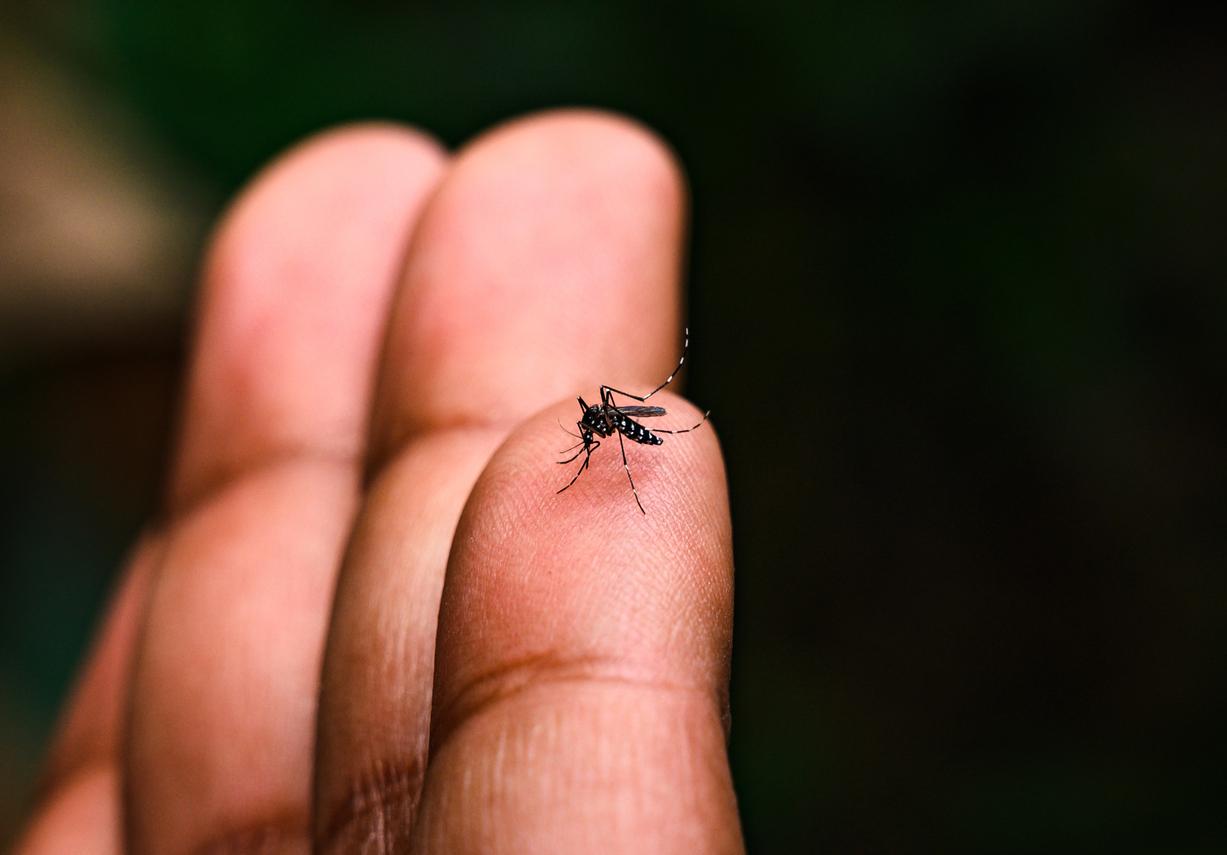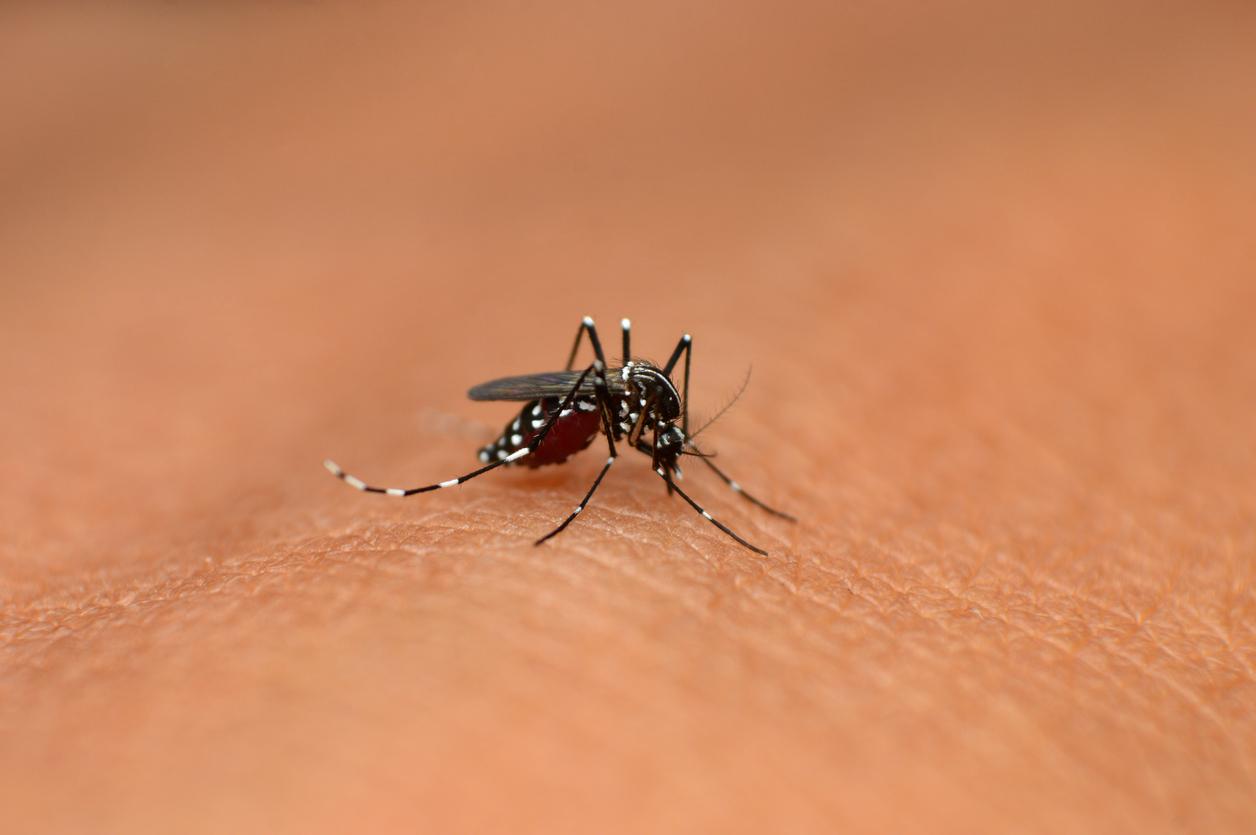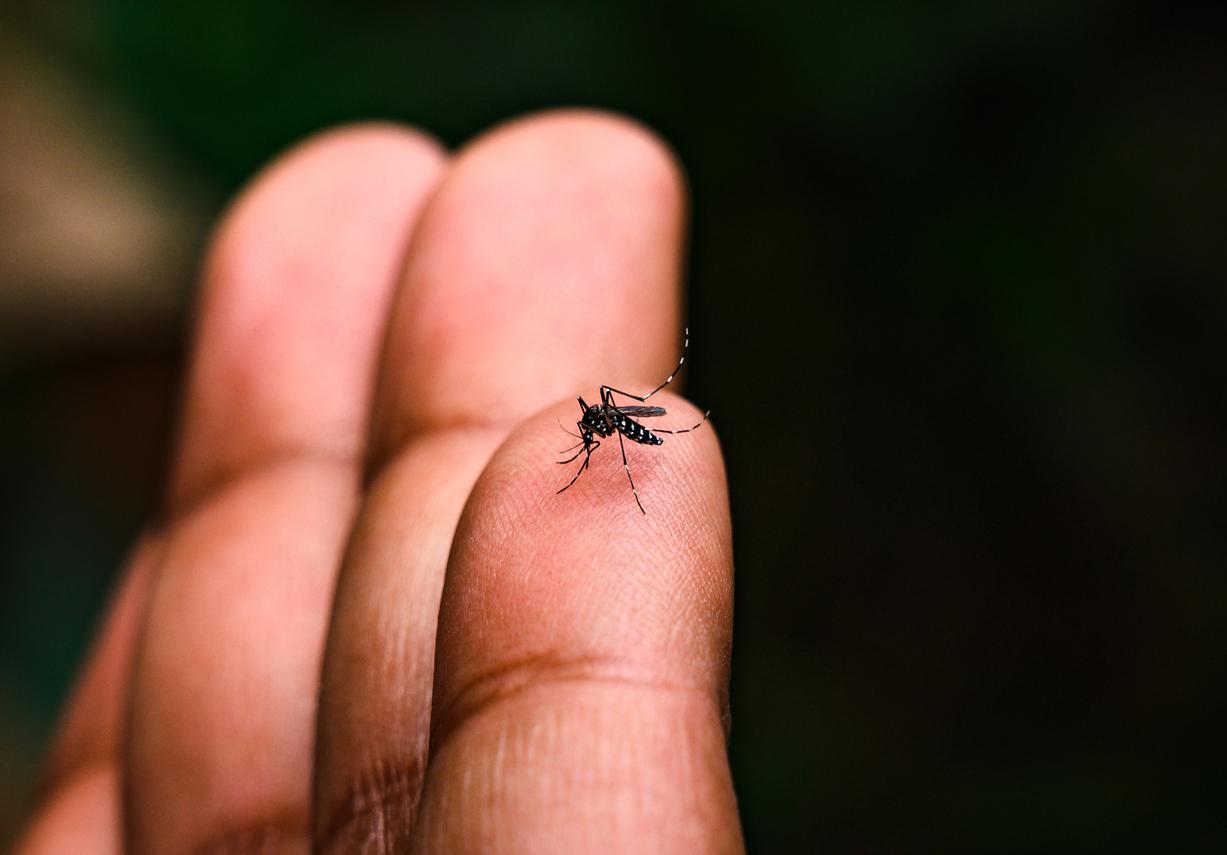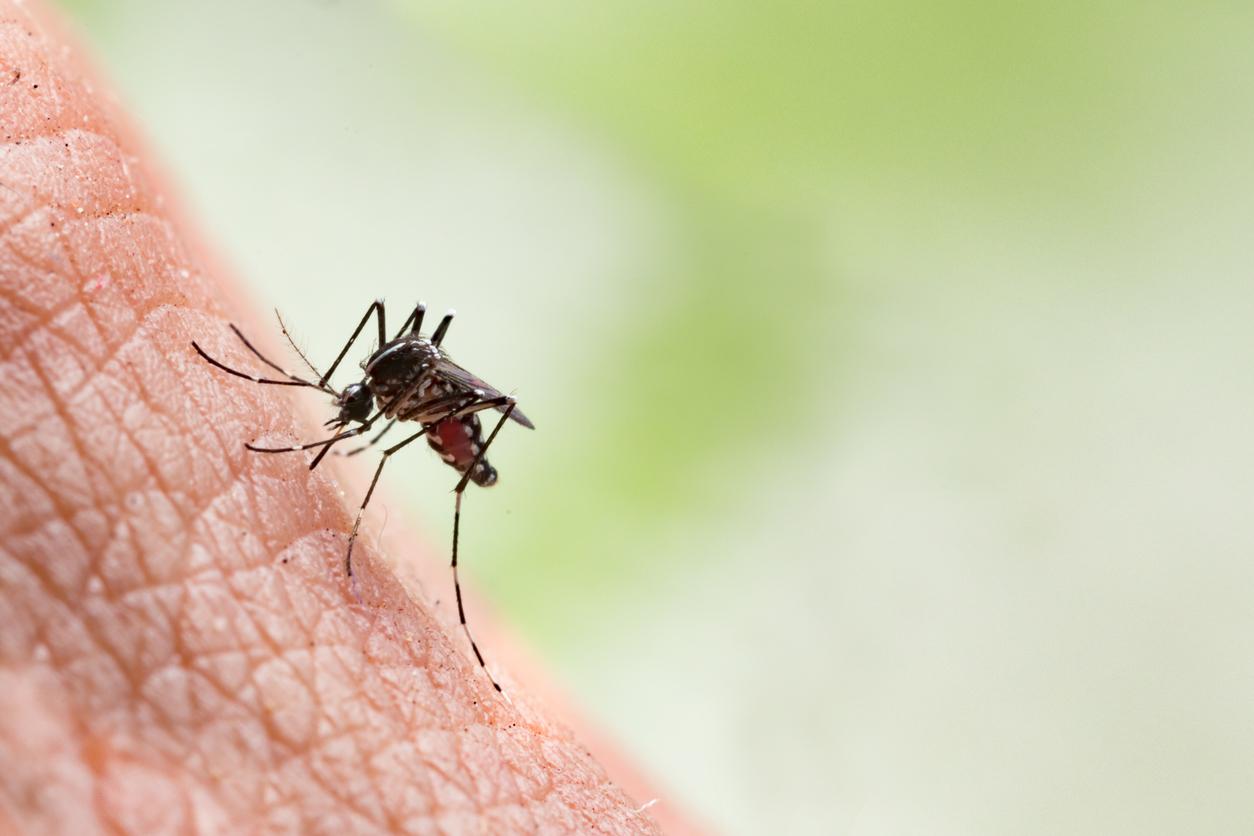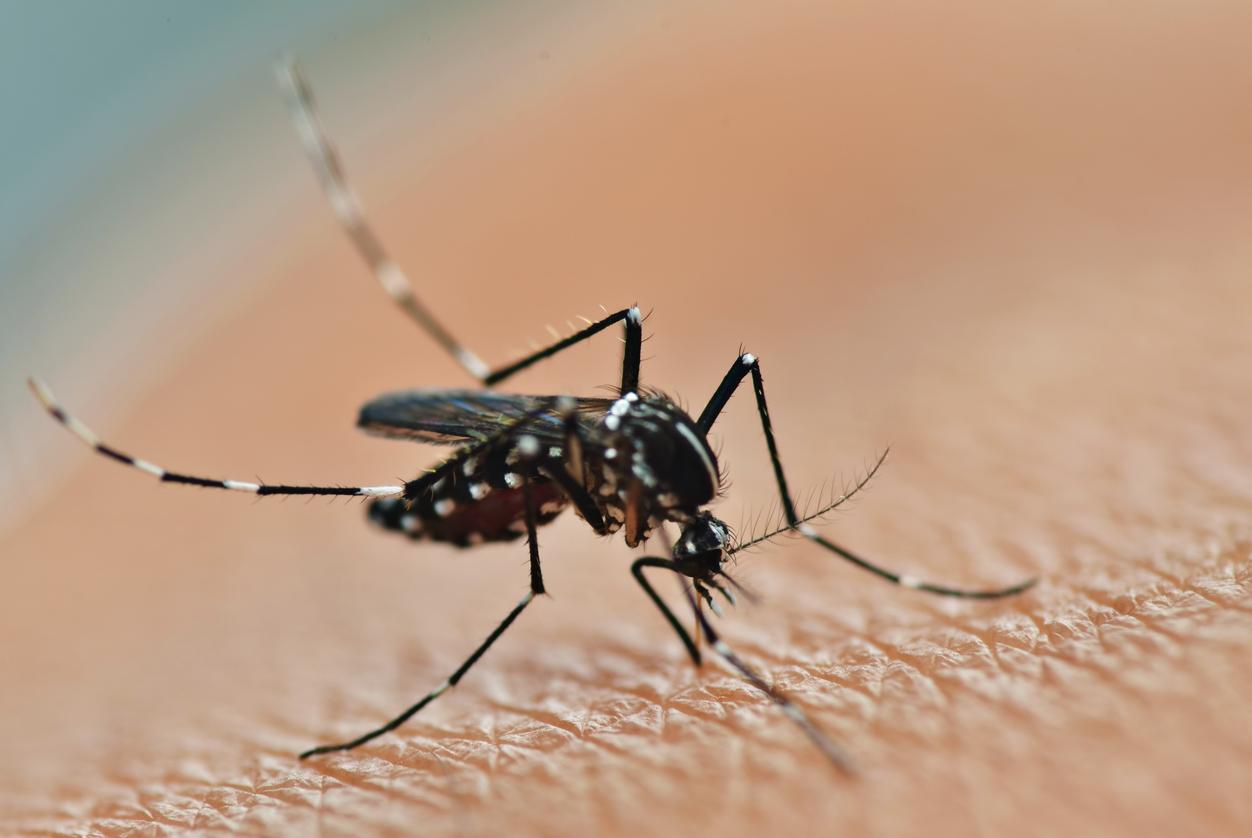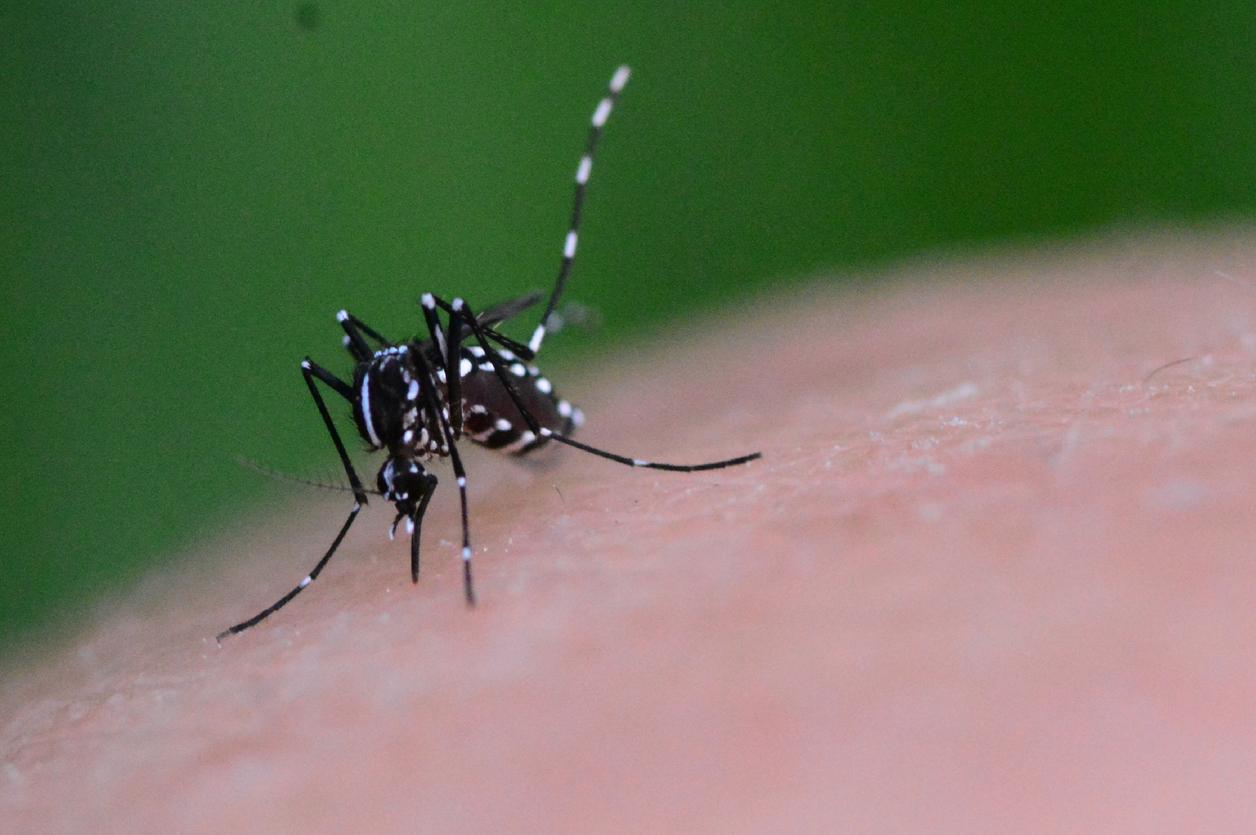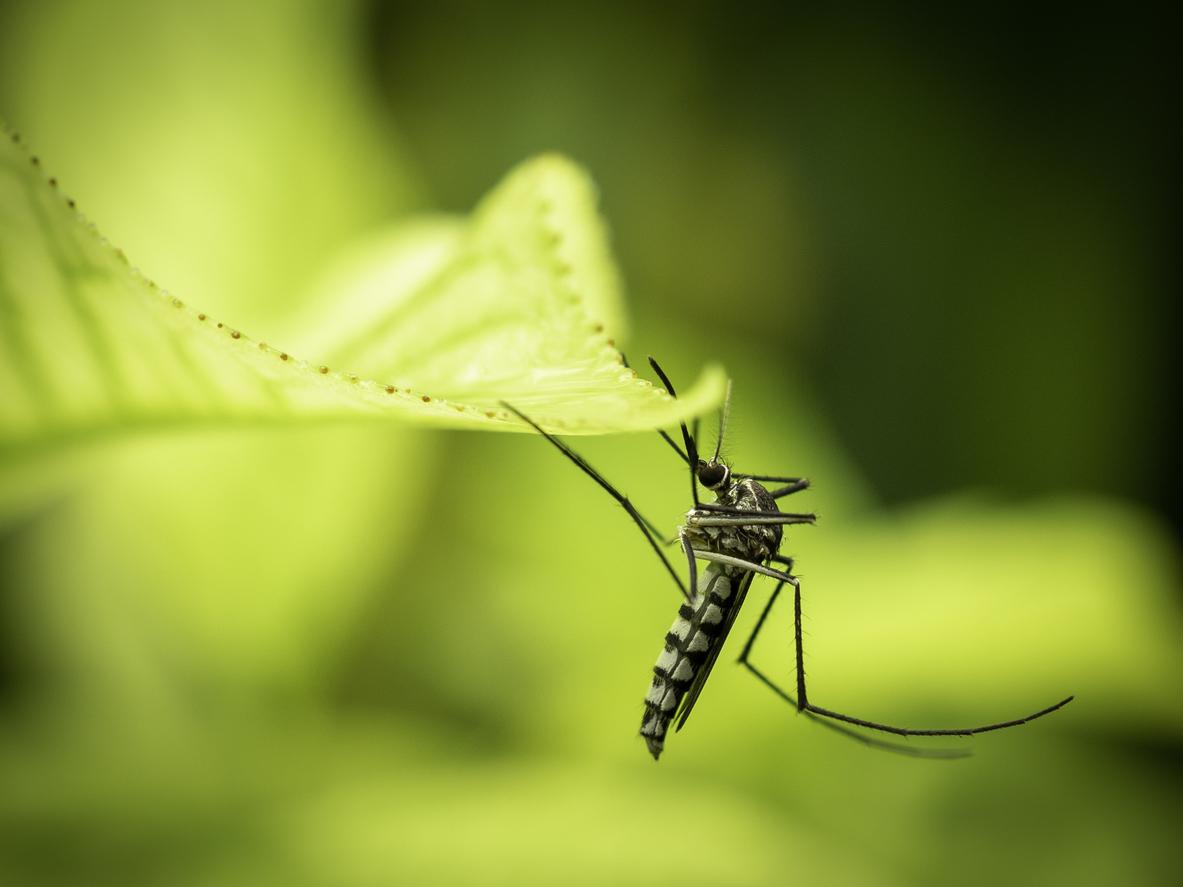The tiger mosquito continues its colonization of France. How to recognize it and protect yourself from the diseases it carries?

This year again, the tiger mosquito, which is known to be a vector of several diseases such as zika, dengue or even chikungunya, is present in a large part of the country. “Its anthropophilic character (which likes places inhabited by man) explains that once installed in a municipality or a department, it is practically impossible to get rid of it”, indicates the Ministry of Health. Since 2018, the tiger mosquito has been “sustainably established” in 51 departments, compared to 42 the previous year. As shown in the map below, the insect is also present throughout Ile-de-France since it has been “sporadically detected” in Yvelines, with the exception of Val d’Oise.
Vigilance-mosquitoes observes that in the vast majority of cases, the departments in orange switch to red vigilance over the following years. “They therefore require special citizen vigilance, especially since they do not benefit from the entire system provided for by the anti-dissemination plan” provided for in the departments placed in red vigilance.

Arrived from Southeast Asia by containers unloaded in the ports of the South of France, the tiger mosquito is slowly moving north. For example, it has been present in Corsica since 2006, but began to colonize Ile-de-France in 2015.
It is the cause of at least 22 cases of dengue fever and 31 cases of chikungunya in France. It should be noted that it is the females who transmit these diseases: by biting an infected person, they absorb the virus, transport it and transmit it to others by biting them as well. Males are harmless.
How to recognize a tiger mosquito?
Already know that the tiger mosquito is smaller than a penny: it measures only a few millimeters and has a fairly slow flight that allows it to be crushed in flight. If you look closely, you’ll see that it’s black with white stripes on its legs and abdomen, earning it its nickname, the tiger mosquito.
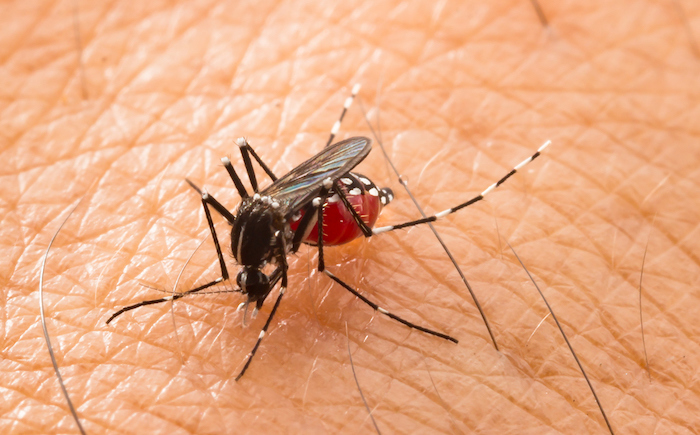
image source: frank600/iStock
How to protect yourself from the tiger mosquito?
“Everyone, by modifying their behavior and adopting simple and non-binding gestures, can participate in the fight against the proliferation of tiger mosquitoes and help prevent the introduction of dengue fever, chikungunya or zika in mainland France. In particular, it is very important to remove stagnant water, which allows mosquitoes to reproduce, around their homes,” the government recommends.
Indeed, accustomed to being born in small lodgings (plants retaining water), the tiger mosquito was able to easily colonize all kinds of larval lodgings offered to it by the urban and peri-urban environment, such as cups under flowerpots, watering cans, old tires, clogged gutters, etc. The best solution to protect yourself better is to empty all these small “water retentions” or to renew them at least once a week. You can also use mosquito nets, insecticides or spray yourself with repellent. If you think you have seen a tiger mosquito in your municipality, you can also report it on the official portal www.signalement-moustique.fr.
If you are traveling to countries at risk
Zika lives on since October 2015 in Colombia, Guatemala, Mexico, Panama, Paraguay, Venezuela, Brazil, Honduras, Senegal, Ivory Coast and Burkina. Health authorities recommend that people traveling to Reunion, for example, protect themselves against mosquito bites, including during the day, by using repellents for the skin and clothing, and by wearing long, loose clothing.
“If a person presents within 7 days of their return to mainland France with signs suggestive of dengue fever (joint pain, muscle pain, headache, rash with or without fever, conjunctivitis), they must consult a doctor and continue to take protect against mosquito bites, including using a mosquito net if possible, so as not to transmit the disease in mainland France, if the tiger mosquito is present in the department”, advises the Ministry of Health.
.







